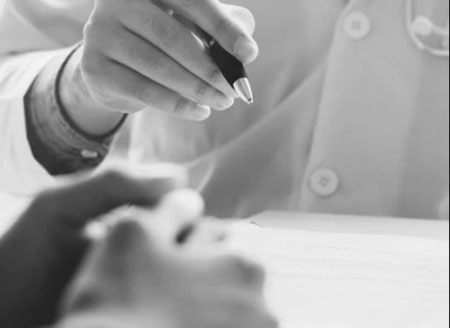To assist in our patients’ ongoing quest for pain relief of their various ailments, we have a myriad of treatment options to offer. Some of them are well-known; others, not so much. Today we are going to talk about a treatment called PRP or Platelet Rich Plasma Injections.
Dr. Jon Englund is our PRP specialist here at Orthopaedic Associates of Wisconsin. He uses PRP injections to treat patients with chronic tendon injuries that have failed to respond to more conservative means of treatment. He also uses this treatment for stubborn arthritis that has failed traditional treatment for patients who wish to avoid or cannot pursue joint replacement. Such sites that have historically responded well to PRP injections include lateral and medial epicondylitis in the elbow, patellar tendinitis in the knee, and Achilles tendonitis and plantar fasciitis in the ankle and foot.
So, what is PRP? Blood is made up of several different components including plasma, platelets, and red and white blood cells. The Platelet Rich Plasma is generated by spinning the blood drawn from the patient through a centrifuge machine to separate the previously mentioned components. One of the resulting layers is a platelet rich plasma filled with important growth factors that can help the previously non healing tendon fibers repair themselves.
Before you can proceed with this treatment, you must have a consult with Dr. Englund to ensure you are an appropriate candidate for the injection. Upon choosing to proceed, you will have this procedure done at our main clinic in Pewaukee. We recommend arriving to that appointment well-hydrated because the first part of the procedure is our clinic nurse drawing some blood to be placed in the centrifuge, which then takes about fifteen minutes to separate the contents. While the centrifuge works it’s magic, Dr. Englund will numb the involved area with a local anesthetic. Then he will return to inject the PRP into and around the damaged tendon.
The recovery from the injection is minimal, but the relief is delayed. We recommend that the patient rest the affected area for about a week, followed by some gentle stretching, and eventual transition to gentle strengthening as well. Most often, the patient is back to normal activity in about 4 weeks. It is at this point that most patients are starting to feel some relief, but maximum relief may not be felt until 2-3 months after the injection. If partial relief is reported by the patient, a second injection may be appropriate to further induce healing.
The reason for the delay in healing is because the PRP helps to initiate the healing process, which still takes time. Due to this extended healing process, it is important that the patient not utilize anti-inflammatory medications, which could hinder the inflammation that is helping to heal the area. During the initial post-injection period, it is not uncommon to experience some discomfort. We recommend scheduled over-the-counter Tylenol for pain control so the inflammatory response is unaffected.
Though this procedure is growing continually more accepted due to the therapeutic benefits attributed to PRP injections, most insurance companies do not cover the procedure. It is important to know that you may be responsible for some or all of the cost. Nonetheless, if you have on-going pain associated with a tendon pathology, we welcome you to come see us for a consult to see if PRP is appropriate for you!

